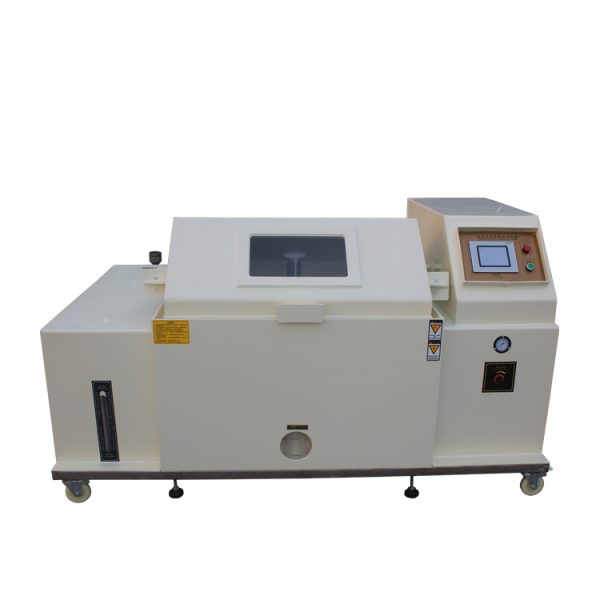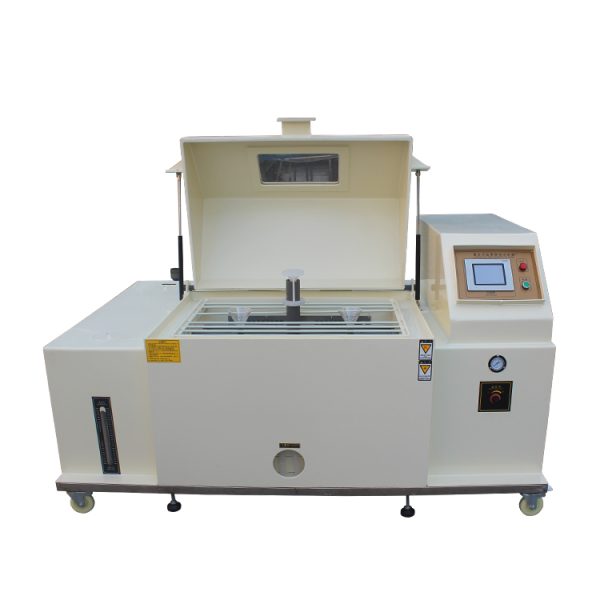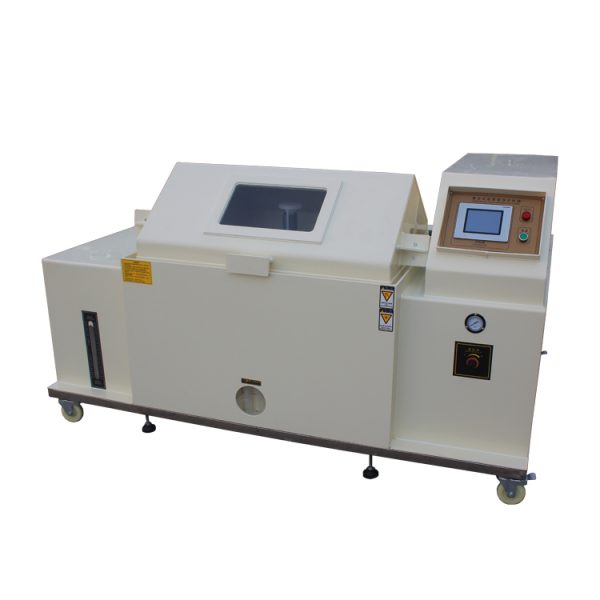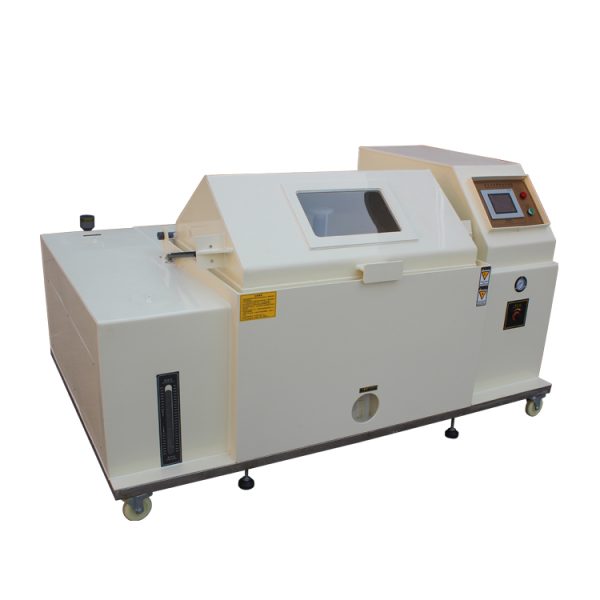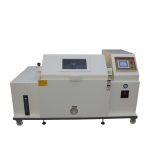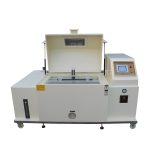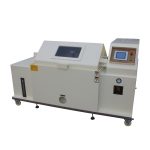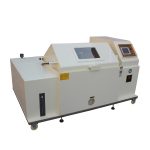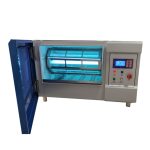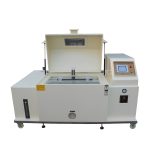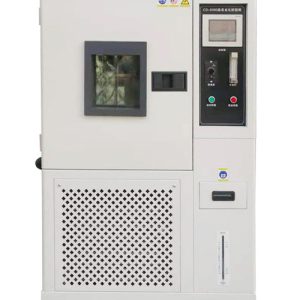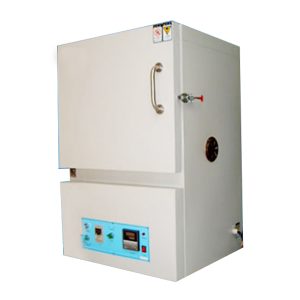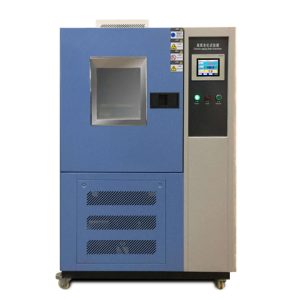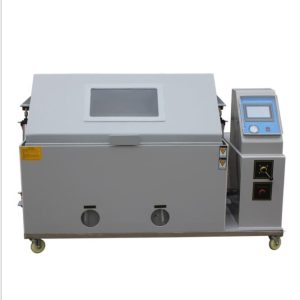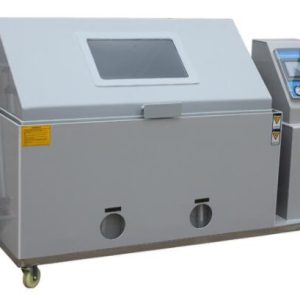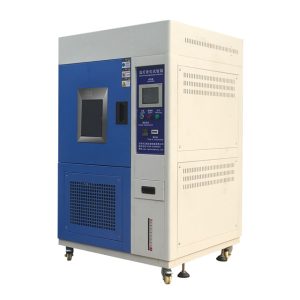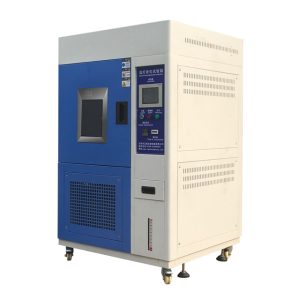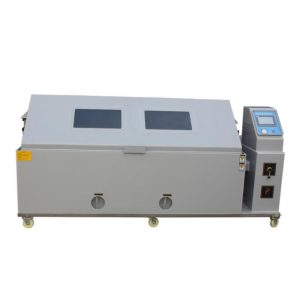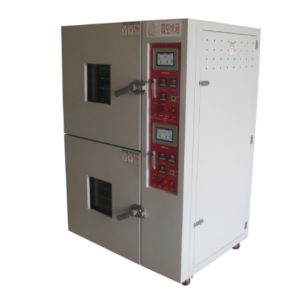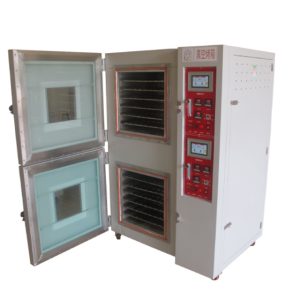LR-B008 Wet And Dry Combined Salt Spray Test Chamber
- Description
- Inquiry
Description
Wet Dry Combined Salt Spray Test Chamber
Meet the standards:
GB/T5170.8, GB/T10587, GJB150.11, GB/T10125, GB/T2423.17, etc.
DIN50021 DIN50017 DIN50907 ISO 11977 ISO 9227 ASTM B117
ASTM G85 automobile and other industrial specifications.
1.Experimental space: 900×600×500(W×D×H)mm other sizes can be customized
2.Outer space: according to the actual size
3.Power supply: 380V 6KW 50HZ MAX 30A
Wet And Dry Combined Salt Spray Test Chamber
4. Materials:
(A) imported PVC board is adopted in the laboratory, which is acid and alkali resistant.
(B) imported PVC board in the outer box, resistant to acid and alkali.
(C) the test replenishment tank is equipped with a hidden water table, which is easy to clean and not easy to break.
(D) the saturated air barrel adopts SUS#304 stainless steel high-pressure barrel with the best insulation effect.
5, according to customer test requirements, can be set the salt dry and wet composite test
Salt spray test – moisture/Wet test
(A) brine spray laboratory: NSS, CASS
(1) laboratory: 10℃ ~ 50 ℃
(2) saturated air bucket: 47℃ ±1℃
(B) moisture test:
(1) temperature: 40℃ ±2℃
(2) humidity: more than 93%~100%
(2) saturated air bucket: 47℃ ±1℃
(C) drying test:
(1) temperature: 15℃~50℃ ±1℃
(2) humidity: over 30%
Function Introduction
Salt fog environment
Continuous salt spray exposure is widely used to test the corrosion resistance of components and coatings.Applications include industrial, maintenance, construction and Marine coatings;Plating and paint layers;Aviation and military coatings, surfaces and components, electrical and electronic systems and components.
Most of these tests, according to special specifications, are widely used in related corrosion tests and generally operate at higher temperatures, excluding the drying cycle.The required jet air should be heated before entering the nozzle.
During the salt spray function, this test chamber ACTS as a typical conventional salt spray operation.
- the air jet solenoid valve opens and the compressed air is humidified through the saturator (humidity helps keep the PH concentration stable) to the nozzle.
- the corrosive solvent from the brine tank is sucked to the nozzle where it is mixed with compressed air.
- the nozzle will spray the brine solvent and air into a corrosive mist.
- the box heater maintains the programmed box temperature.
This function is also used for pure water mist exposure.
Dry environment
During the drying function, the dehumidification system is turned on to discharge the moisture from the box out of the box, while the fan works so that the indoor air goes to the air heater and then into the box, thus creating low humidity conditions in the box.The temperature of the cabinet is controlled by the cabinet heater and the air heater.The air heater is shut down for 5 seconds before the end of the drying process so that the heater channel and the vicinity of the components do not overheat due to the closing of the blower.
Humidity environment
During the humidity function, hot water in the humidification tank boiler is evaporated into the tank to keep the set humidity of the tank.
Condensate environment
During the condensation process, the water in the tank is heated through a heating tube in the tank bottom to keep the tank body at about 100% relative humidity.
A resting (storage) environment
During the static function, the temperature of the cabinet is automatically maintained by the cabinet heater.No spray, drying, air washing, or humidity is produced.

